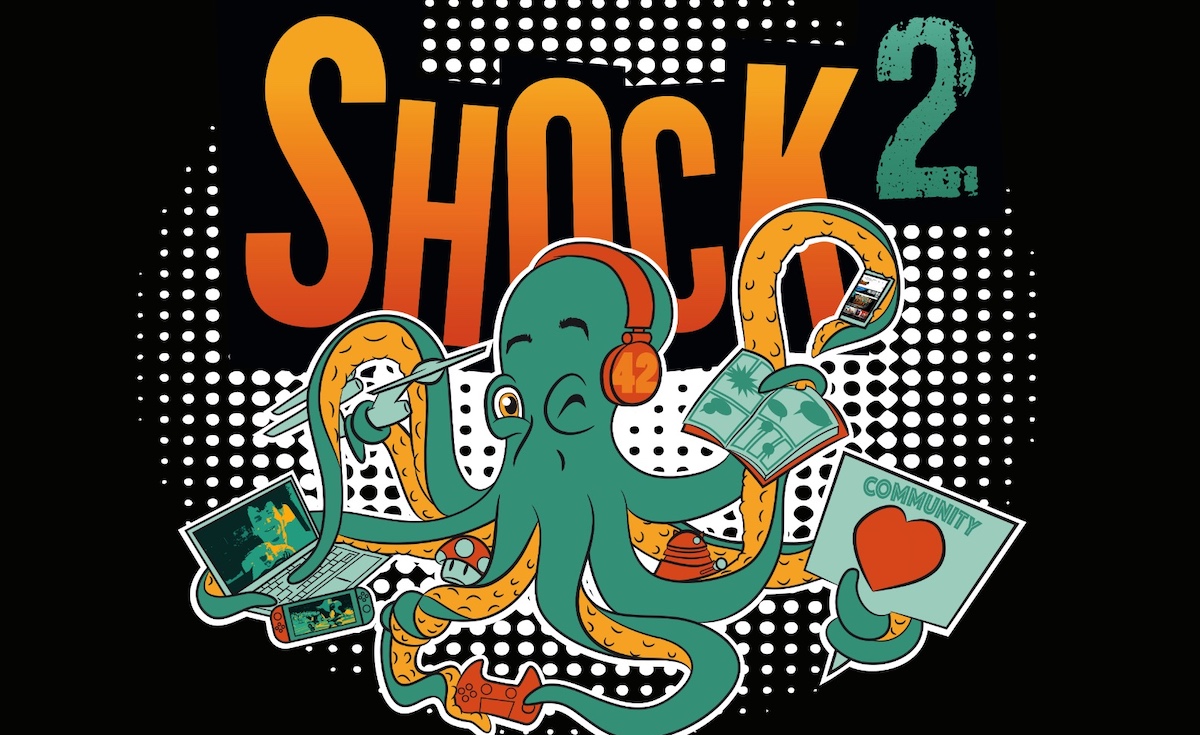(Keystone SDA) Rescuers rushed to the scene early in the morning to find a horrifying sight on Australia's west coast: several pilot whales stretched more than 500 meters on the beach near the small town of Dunsborough, 250 kilometers south of Perth.
In total, there were about 160 marine mammals that never migrated from shallow water to the open ocean. “You can hear them communicating, humming and breathing,” said Chris Burton, a local whale researcher. Around 30 animals died on Thursday afternoon. The number may go up.
Oceanographer Ian Wise, who was on site, said the scene was horrifying. Like other experts, he was initially convinced that most pilot whales would not survive the day. When unable to float in water they are often crushed by their own weight. Others drown when water enters their nostrils during a rising tide, and they cannot breathe.
But then there was good news: About 100 whales went back to sea thanks to the tireless efforts of scores of helpers who regularly showered the animals with water, the Biodiversity and Nature Conservation Commission (TBCA) announced.
Boats tried to prevent them from swimming back to shore. “We also operate a sighting plane every few hours to monitor where the animals are,” said a DBCA spokesperson. “So far so good. So far they haven't returned to shore.
“If you consider what could have happened here, it's a good decision,” oceanographer Vice told Australian broadcaster ABC. However, another part of the coast is at risk of beaching whales again. “That happens a lot, but we hope it won't be here.” AAP news agency reported that the pilot whales are mostly females and some are calves.
About 130 pilot whales (also known as pilot whales) and two pods were spotted nearby. Animal rights activists have tried everything to prevent these animals from washing ashore and encourage them to stay in deeper water.
But why do whales get stranded? This phenomenon remains a mystery, but there are various theories. One says that sick or injured animals get lost and others follow them. Pilot whales in particular form very close bonds with each other.
At certain times of the year they travel in large groups, which increases the risk of mass strandings. Scientists believe the whales may be disorientated by noise pollution, such as from ships' sonar devices.
When whales are stranded, they need to stay hydrated because their skin burns under the sun's rays. There is also a risk of suffocation as their own weight presses on the lungs.
In 1996, a mass stranding of 320 pilot whales occurred in the same area of Western Australia. Even then, almost all the animals were saved by the helpers. After they got back into deep water, they were watched over and protected by boats – like Jupiter.
Other mass strandings on the west coast ended more tragically: in 2018, more than 100 sea giants died ashore in Hamelin Bay. Last year, nearly 100 pilot whales stranded on Chains Beach east of Albany did not survive.
They initially made it back out into the open sea, but after a while, got stuck again, to the horror of the attendants. Western Australia's Parks and Wildlife Service said the most humane solution was to euthanize the suffering marine mammals.

“Friend of animals everywhere. Web guru. Organizer. Food geek. Amateur tv fanatic. Coffee trailblazer. Alcohol junkie.”







More Stories
Australia: Giant blueberry breaks records
TV fight in Great Britain: surprise attack and ambiguous positions
Ahead of the election in Great Britain: Are the Tories at risk of extinction?